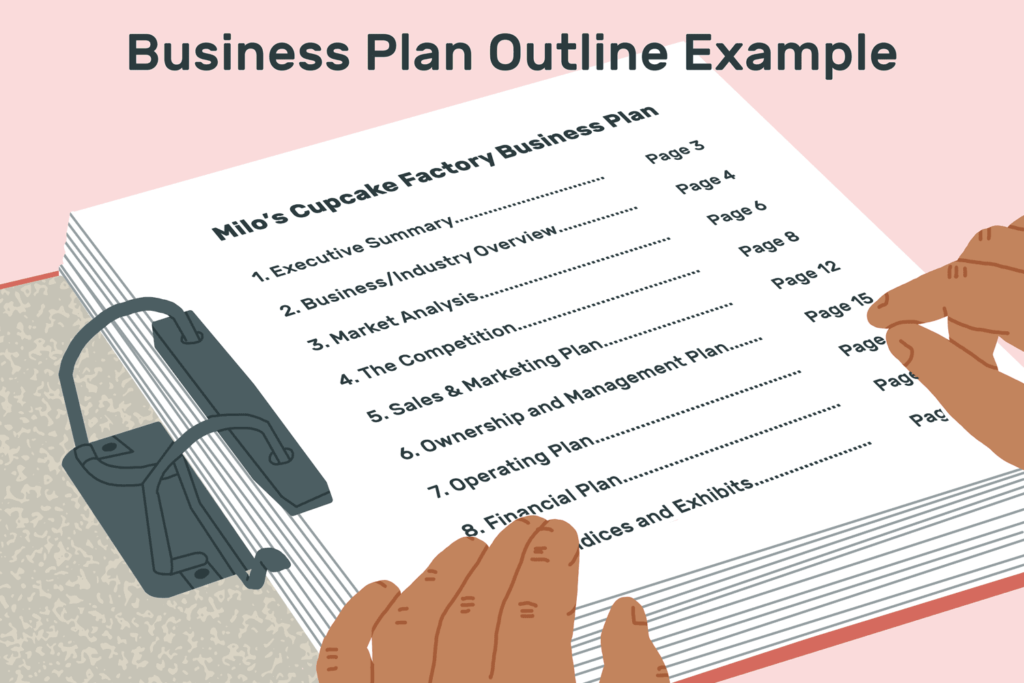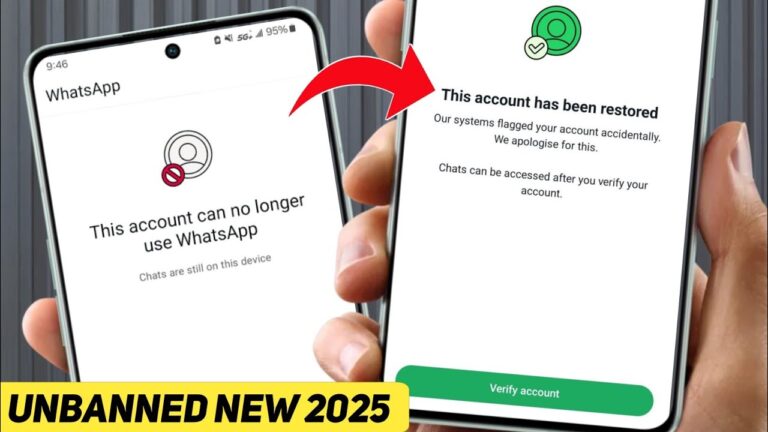What is Business?
Before we talk about the nitty-gritty of starting a business with minimal investment, let’s clarify what business entails. Business refers to the organized effort of individuals or entities to produce, sell, or exchange goods and services for profit. It encompasses various activities, from product development to marketing and customer service.
Is It Possible to Start a Business with No Money?
Absolutely! While having capital can accelerate your business growth, lack of funds shouldn’t deter you. Many successful entrepreneurs began with limited resources. Here’s how you can embark on your entrepreneurial journey without a hefty bankroll:
1. Find a Free Business Idea
- Freelance Writing: If you have a way with words, consider offering freelance writing services. Create content for websites, blogs, or marketing materials. All you need is a computer and your creativity.
2. Write a Business Plan
A well-structured business plan is crucial. Outline your business goals, target audience, revenue model, and marketing strategy. While it won’t cost you money, investing time and effort in planning is essential.

Executive Summary
– High-quality content creation services
– Skilled writers, commitment to excellence
– Enhance clients’ online presence
Company Description
– Virtual content creation for websites, blogs, marketing
– Global talent pool, low overhead costs
– Diverse industry expertise
Market Analysis
– High demand for engaging online content
– Targeting small businesses, startups, marketing agencies, e-commerce
Organization and Management:
– Led by [Founder/CEO Name] with [X years] experience
– Team of writers skilled in various niches
Service Line
– Website content, blog posts, SEO copywriting
– Social media content, email newsletters, press releases, product descriptions
Marketing and Sales Strategy
– Brand awareness, lead generation, credibility
– Digital marketing, networking, free consultations
Financial Projections
– Steady revenue growth over three years
– Income statements, balance sheets, cash flow forecasts
Appendix
– Team resumes, client testimonials, writing samples
– Legal documents, marketing materials
3. Lean on the Entrepreneur Community

Connect with fellow entrepreneurs, attend networking events, and participate in online forums. Learn from their experiences, seek advice, and build valuable relationships. The entrepreneur community can be an excellent resource.
| Lean on the Entrepreneur Community |
| Connect with fellow entrepreneurs at events and online forums. |
| Learn from their experiences and seek advice when needed. |
| Build valuable relationships for support and collaboration. |
| Benefit from collective wisdom and insights of the community. |
4. Choose a Business Name

Select a memorable and relevant business name. Ensure it aligns with your brand and resonates with potential customers. You can brainstorm and finalize a name without any financial investment.
| Choose a Business Name: Crafting Your Brand Identity |
| Memorability: Aim for a catchy, easy-to-remember name. |
| Relevance: Reflect your industry or niche in the name. |
| Alignment with Brand: Ensure it resonates with your brand identity. |
| Availability: Check for trademarks and existing usage. |
| Brainstorming: Generate ideas using creativity and tools. |
| Feedback: Test names with target audience for resonance. |
| Finalization: Choose a name that encapsulates your brand. |
5. Create a Brand

Your brand identity matters. Design a simple logo, choose consistent colors, and define your brand’s tone. Leverage free design tools or seek help from creative friends.
| Create a Brand: Crafting Your Identity |
| Logo Design |
| Keep it simple and memorable. |
| Utilize free design tools or enlist help from creative friends. |
| Consistent Colors |
| Choose a palette that reflects your brand’s personality. |
| Ensure consistency across all branding materials. |
| Define Brand’s Tone |
| Determine your brand’s voice and personality traits. |
| Maintain consistency in messaging. |
| Leverage Resources |
| Use free design tools and online resources for logo and branding materials. |
| Seek assistance from creative friends or freelance designers. |
6. Launch a Website
Having an online presence is essential. Use platforms like Shopify, WordPress, or Wix to create a basic website. Showcase your products or services, share your story, and provide contact information.

In today’s digital age, having an online presence is not just beneficial – it’s essential. A website serves as your digital storefront, providing a platform to showcase your products or services, share your story, and connect with potential customers. Here’s how you can get started:
Choose a Platform
There are several platforms available for building a website, each with its own strengths and features. Consider your needs and preferences when selecting a platform. Popular options include:

- Shopify: Ideal for e-commerce businesses, Shopify offers a user-friendly interface and a range of customizable templates tailored for online stores.
- WordPress: Known for its flexibility and versatility, WordPress is a popular choice for businesses of all sizes. With thousands of themes and plugins available, you can create a highly customized website to suit your brand.
- Wix: Wix is a beginner-friendly platform that allows you to build a professional-looking website with ease. It offers a drag-and-drop interface, making it simple to design and customize your site without any coding knowledge.
Design Your Website:
Once you’ve chosen a platform, it’s time to design your website. Start by selecting a visually appealing theme or template that aligns with your brand identity. Customize the layout, colors, fonts, and imagery to create a cohesive and engaging user experience.
Consider the following elements when designing your website:
- Homepage: Your homepage is the first impression visitors will have of your brand. Make it visually appealing and informative, with clear navigation and calls to action.
- About Us: Use this section to tell your story and share your mission, values, and goals. Be authentic and compelling to build trust and rapport with your audience.
- Services: Showcase your offerings in detail, including descriptions, images, and pricing information. Make it easy for visitors to learn more and make a purchase or inquiry.
- Contact Information: Provide multiple ways for visitors to get in touch with you, such as a contact form, email address, phone number, and social media links. Make sure your contact information is easy to find and accessible from every page.
Optimize for SEO:
Search engine optimization (SEO) is crucial for driving organic traffic to your website. Optimize your website for relevant keywords, meta tags, and descriptions to improve your visibility in search engine results.
Consider the following SEO best practices:
- Conduct keyword research to identify relevant search terms related to your business.
- Optimize your website’s title tags, meta descriptions, and headers with targeted keywords.
- Create high-quality, relevant content that provides value to your audience and encourages engagement and sharing.
7. Validate Ideas with Preorders
Before investing in inventory or production, validate your business idea. Offer preorders to gauge interest. If customers are willing to pay upfront, you’re on the right track.
8. Be Resourceful and Persistent
Starting a business with no money requires resourcefulness. Tap into free resources, such as online courses, business blogs, and YouTube tutorials. Stay persistent, adapt, and learn as you go.
Marketing Your Business
Now that your business is taking shape, let’s focus on marketing strategies:

1. Content Marketing
- Write informative blog posts related to your industry.
- Share valuable content on social media platforms.
- Collaborate with influencers or other businesses for guest posts.
2. Social Media Marketing
- Create profiles on relevant platforms (Facebook, Instagram, LinkedIn, Twitter).
- Engage with your audience through regular posts, stories, and live sessions.
- Use targeted ads to reach potential customers.
3. Word of Mouth
- Encourage satisfied customers to spread the word.
- Offer referral discounts or incentives.
4. Networking
- Attend industry events, workshops, and conferences.
- Build relationships with potential clients and partners.
Leveraging Skills and Expertise
Your skills and knowledge are valuable assets. Leverage them effectively:
- Offer Services: If you’re skilled in web design, writing, or consulting, offer your services to others.
- Teach Workshops: Host workshops or webinars related to your expertise.
- Collaborate: Partner with complementary businesses to expand your reach.
Remember, entrepreneurship isn’t solely about financial capital—it’s about creativity, determination, and resilience. By following these steps, you can kickstart your business journey without breaking the bank.



